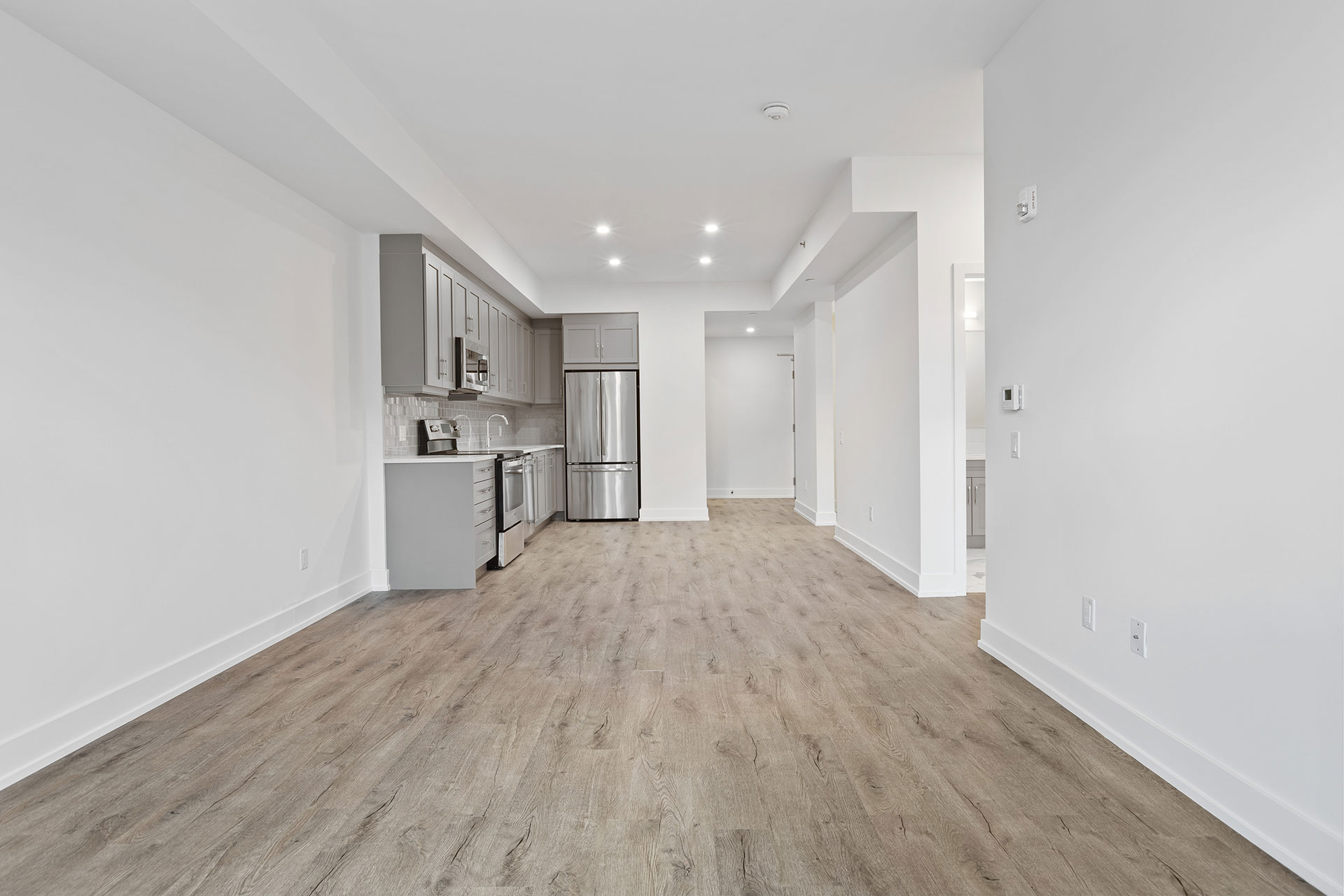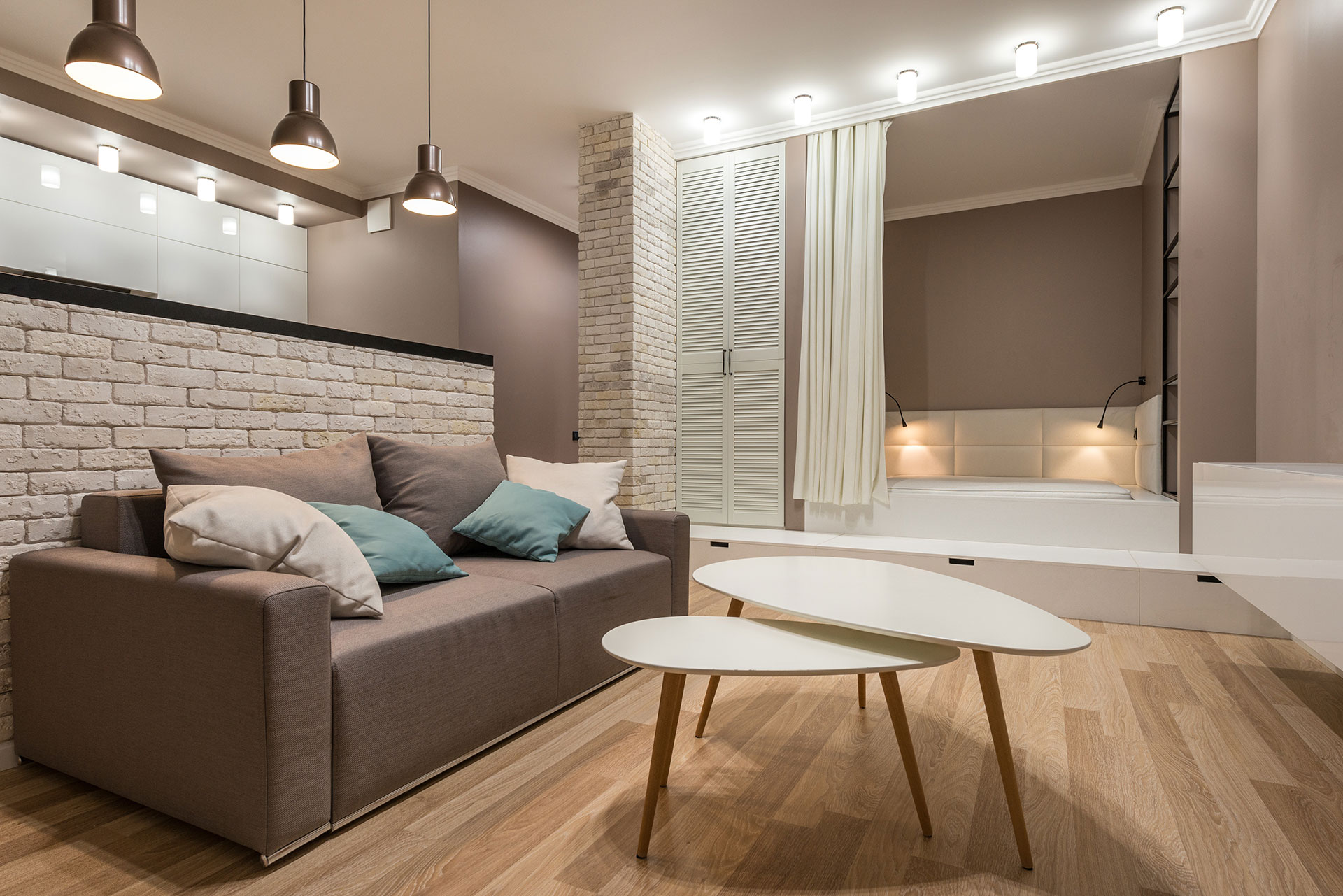In today’s article, we will explore the important topic of selecting the right flooring for high-traffic areas. Whether it’s your home, office, or any other commercial space, it’s crucial to choose flooring that can withstand the heavy foot traffic it will endure. This comprehensive guide will help you make an informed decision and ensure the longevity and durability of your flooring investment.
Introduction
When it comes to high-traffic areas, durability and functionality are key factors to consider when choosing flooring. These areas experience constant foot traffic, which can lead to wear and tear over time. By selecting the appropriate flooring material, you can ensure that your floors not only withstand the test of time but also maintain their aesthetic appeal.
Understanding High-Traffic Areas
High-traffic areas are spaces that experience a large volume of foot traffic on a daily basis. These can include entryways, hallways, corridors, commercial spaces, kitchens, living rooms, and offices. Understanding the specific needs and demands of each area will help you choose the most suitable flooring option.
Importance of Choosing the Right Flooring
Selecting the right flooring for high-traffic areas is essential for several reasons. Firstly, it ensures the longevity of your floors, saving you money on frequent repairs or replacements. Secondly, it contributes to the overall safety of the space by providing slip-resistant surfaces. Additionally, the right flooring can enhance the aesthetics of your area, creating a welcoming and visually appealing environment.
Factors to Consider When Choosing Flooring
Several factors should be taken into account when selecting flooring for high-traffic areas. These include:
Durability
The durability of the flooring material is paramount. It should be able to withstand heavy foot traffic without showing signs of wear and tear. Hardwood, laminate, vinyl, and tile are all known for their durability and are commonly used in high-traffic areas.
Maintenance
Consider the maintenance requirements of the flooring material. High-traffic areas demand regular cleaning, so opt for flooring that is easy to clean and maintain. Carpet tiles, for example, may require more frequent vacuuming and spot cleaning compared to vinyl or tile flooring.
Aesthetics
While functionality is crucial, aesthetics should also be considered. Choose flooring that complements the overall design and style of your space. With a wide variety of options available, you can find a flooring material that combines both durability and visual appeal.
Safety
Safety is of utmost importance in high-traffic areas. Look for flooring that provides slip resistance and reduces the risk of accidents. Materials like rubber and certain types of vinyl flooring offer excellent traction and help prevent slips and falls.
Types of Flooring for High-Traffic Areas
There are several flooring options to choose from when it comes to high-traffic areas. Let’s explore some of the most popular choices:
Hardwood
Hardwood flooring is known for its timeless appeal and durability. It adds warmth and elegance to any space. However, it may require regular maintenance to prevent scratches and dents.
Laminate
Laminate flooring offers the look of hardwood at a more affordable price point. It is highly durable and resistant to scratches, stains, and fading. However, it may not be as moisture-resistant as other flooring options.
Vinyl
Vinyl flooring is available in various styles and designs, including luxury vinyl planks and tiles. It is highly durable, water-resistant, and easy to maintain. Vinyl can mimic the appearance of hardwood or tile while providing superior durability.
Tile
Tile flooring is a popular choice for high-traffic areas due to its durability and resistance to moisture. It comes in various materials, such as ceramic, porcelain, and natural stone. Tile flooring is easy to clean, but it may require occasional resealing.
Carpet Tiles
Carpet tiles are a versatile option for high-traffic areas. They are easy to install, replace, and maintain. Carpet tiles offer comfort underfoot and are available in a wide range of colors and patterns.
Concrete
Concrete flooring provides an industrial and modern look. It is highly durable and resistant to heavy foot traffic. Concrete can be stained, stamped, or polished to enhance its appearance.
Rubber
Rubber flooring is commonly used in commercial spaces due to its exceptional durability and slip resistance. It absorbs impact, reduces noise, and is easy to clean. Rubber flooring is available in various colors and textures.
Pros and Cons of Each Flooring Type
Let’s delve deeper into the pros and cons of each flooring type to help you make an informed decision:
Hardwood
Pros:
- Timeless and elegant look
- Durable and long-lasting
- Can be refinished multiple times
Cons:
- Susceptible to scratches and dents
- Requires regular maintenance
Laminate
Pros:
- Affordable alternative to hardwood
- Highly durable and resistant to stains and fading
- Easy to install
Cons:
- Less moisture-resistant than other options
- May not add as much value to the property
Vinyl
Pros:
- Wide range of styles and designs
- Highly durable and water-resistant
- Easy to clean and maintain
Cons:
- May emit volatile organic compounds (VOCs)
- Prone to indentations from heavy furniture
Best Flooring Options for Specific High-Traffic Areas
Different areas within high-traffic spaces have varying flooring needs. Let’s explore the best flooring options for specific high-traffic areas:
Entryways and Foyers
Entryways and foyers set the tone for the rest of the space. Consider using durable materials like tile, vinyl, or hardwood to withstand heavy foot traffic and dirt brought in from outside.
Hallways and Corridors
Hallways and corridors experience constant foot traffic. Opt for flooring that can handle the wear and tear, such as carpet tiles, vinyl, or laminate.
Commercial Spaces
Commercial spaces require flooring that is not only durable but also visually appealing. Consider options like luxury vinyl planks, carpet tiles, or polished concrete to create a professional and welcoming environment.
Kitchens
Kitchens are prone to spills, stains, and heavy foot traffic. Choose flooring that is easy to clean and moisture-resistant, such as tile, vinyl, or laminate.
Living Rooms
Living rooms are high-traffic areas where comfort and style are essential. Hardwood, laminate, or carpet tiles can be great options, providing durability and a cozy atmosphere.
Offices
In office settings, functionality and aesthetics go hand in hand. Opt for flooring that is durable, easy to maintain, and creates a professional ambiance. Carpet tiles, luxury vinyl planks, or hardwood are popular choices.
Maintaining High-Traffic Flooring
Once you have chosen the right flooring for your high-traffic areas, it’s important to maintain it properly to maximize its lifespan. Here are some maintenance tips to keep in mind:
Regular Cleaning
Regularly sweep, vacuum, or mop the floors to remove dirt, dust, and debris. Use appropriate cleaning products recommended by the flooring manufacturer to avoid any damage.
Preventive Measures
Use doormats or entryway rugs to trap dirt and moisture before it reaches the flooring. Place furniture pads under heavy furniture to prevent scratches or indentations.
Repair and Replacement
Address any damage or wear promptly. Repair or replace damaged flooring sections to prevent further deterioration. Keep extra tiles or planks in case of emergencies.
Cost Considerations
Cost is an important factor to consider when choosing flooring for high-traffic areas. While some options like hardwood or luxury vinyl planks may have a higher upfront cost, they tend to be more durable and require less maintenance in the long run. Evaluate your budget and consider the overall value and lifespan of the flooring material before making a decision.
Conclusion
Choosing the right flooring for high-traffic areas is crucial to ensure durability, functionality, and aesthetics. Consider factors such as durability, maintenance, aesthetics, and safety when making your decision. Assess the specific needs of different high-traffic areas to select the most suitable flooring type. Proper maintenance and regular cleaning will help extend the life of your flooring investment.
FAQs
1. How long does hardwood flooring typically last in high-traffic areas?
Hardwood flooring can last for several decades in high-traffic areas if properly maintained and refinished as needed. With regular care, it can withstand heavy foot traffic and retain its beauty.
2. Can I use carpet in high-traffic areas?
While carpet can be used in high-traffic areas, it may require more frequent cleaning and replacement compared to other flooring options. Consider carpet tiles, which are easier to maintain and replace.
3. Is laminate flooring suitable for kitchens?
Laminate flooring is a popular choice for kitchens due to its durability and water resistance. However, it’s important to clean up spills promptly to prevent any damage to the flooring.
4. Can I install tile flooring myself?
Tile installation requires some level of expertise, especially when it comes to proper subfloor preparation, tile cutting, and grouting. It’s recommended to hire a professional for a flawless and long-lasting tile installation.
5. Is rubber flooring only suitable for commercial spaces?
Rubber flooring is commonly used in commercial spaces due to its durability and slip resistance. However, it can also be a suitable option for high-traffic areas in residential settings, such as home gyms or playrooms, where resilience and comfort are desired.
If you’re in/near the following areas and need flooring, Click Here For a FREE Estimate!
We’re looking forward to hearing from you!

